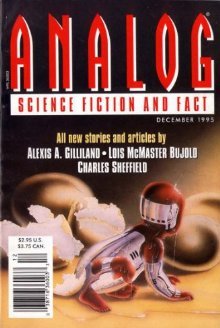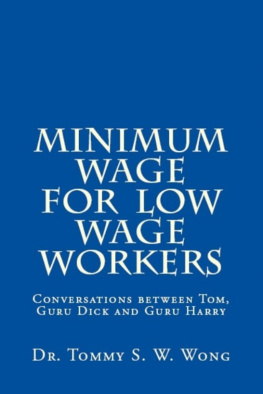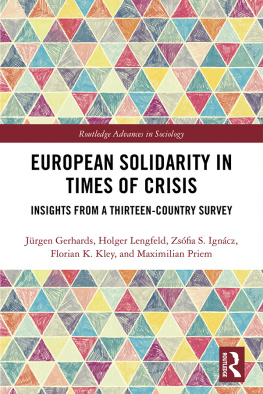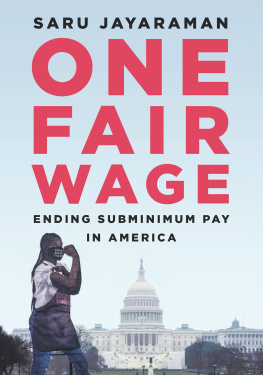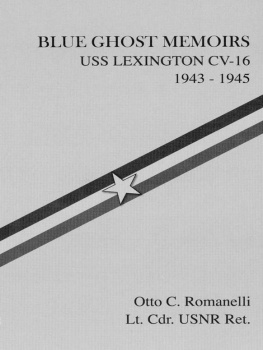First published 1992 by Transaction Publishers
Published 2017 by Routledge
2 Park Square, Milton Park, Abingdon, Oxon 0X14 4RN
711 Third Avenue, New York, NY 10017, USA
Routledge is an imprint of the Taylor and Francis Group, an informa business
Copyright 1992 by Taylor and Francis.
All rights reserved. No part of this book may be reprinted or reproduced or utilised in any form or by any electronic, mechanical, or other means, now known or hereafter invented, including photocopying and recording, or in any information storage or retrieval system, without permission in writing from the publishers.
Notice:
Product or corporate names may be trademarks or registered trademarks, and are used only for identification and explanation without intent to infringe.
Library of Congress Catalog Number: 91-14557
Library of Congress Cataloging-in-Publication Data
Larsen, Otto N.
Milestones and millstones : social science at the National Science Foundation 1945-1991 / Otto N. Larsen.
p. cm.
ISBN 0-88738-441-2
1. Social sciencesResearchUnited StatesFinance.
2. National Science Foundation (U.S.) Appropriations and expenditures.
3. Pressure groupsUnited States. I. Title.
H62.5.U5L37 1991
300.7973dc20
91-14557
CIP
ISBN 13: 978-0-88738-441-7 (hbk)
I first heard about the National Science Foundation when I came out of military service in World War II to take up the study of sociology at the University of Washington. George Lundberg was conducting a seminar in which he unveiled his draft of The Senate Ponders Social Science (cited in ). I felt more than a momentary fascination with this account of the struggle of social science to gain entry into the proposed new foundation.
Our cohort of graduate students had fallen under the spell of Lundberg and his colleagues, especially Stuart C. Dodd and Robert E. L. Faris, who convinced us that what we were learning to do was science. Any thought to the contrary was heretical. Thus, a notion that social science did not qualify for something called a National Science Foundation was clearly contrary to our postwar religion. The prophet Lundberg asked Can Science Save Us? We came to believe that it could, although we were never entirely sure from what. Nonetheless, we were determined to test the hypothesis.
Such commitment was reinforced along the way as Harry Alpert dropped by to share late developments in the other Washington, and was further reinforced by insights from distinguished visiting professors such as Paul Lazarsfeld, Samuel Stouffer, Philip Hauser, William Sewell, and L. L. Thurstone.
Four of my closest graduate student colleaguesthe late Richard J. Hill, William R. Catton, Jr., Melvin L. DeFleur, and Oijar Oyenleaped from the shoulders of these giants to cast a significant scholarly posture of their own. It became my fate to spend more time than the others away from the university at various posts in Washington, D.C.
Back in the late 1940s and early 1950s, I had no idea that down the road I would follow in the footsteps of Harry Alpert, into the halls of the National Science Foundation. More remarkable, I did not expect to confront virtually the same contest over the legitimacy of social science that he had grappled with at NSF.
It also turned out that in the twenty-two years between Harrys departure and my arrival, good fortune brought me into a collegial relationship with two other key figures in social science who followed Harry and preceded meHenry Riecken and Herbert Costner. Harry, Henry, and Herb shaped milestones at NSF. I touch on their contributions in this volume. Their presence and their efforts left me in awe and with a debt of gratitude.
My earliest research connections with NSF involved a travel grant in 1959 to an international meeting in Italy (refunded because of Fulbright support), and a $100,000 grant in 1962 to support a team study of the impact on science knowledge and attitudes of exposure to an extensive science exhibit at the Seattle Worlds Fair (knowledge gains are not accompanied by gains in favorable attitudes).
These grants left an impression of a demand for a great deal of paperwork. That view was intensified when I arrived at NSF in 1980 to shift focus from the reception to the allocation of research funds. The place was awash with memos, forms, bulletins, guidelines, and directives. It must be a huge, complex organization, I thought.
Then a fire drill led to a contrary discovery. All NSF employees vacated the building. The outpouring, though complete, was markedly modest in size. Aha!perhaps the networks at NSF were more like those in a liberal arts college than those in the Pentagon. That prospect guided subsequent behavior. I was moved more by principles of the primary group than by characterizations of bureaucracy.
For a time, a particularly troubled one, that approach had promise. Lines of communication around daily operations at NSF could be shortened. Disciplinary boundaries were permeable. Board members were like the professors that many of them were, or had been: needful of contact and responsive to recognition. Researchers could deal directly and usefully with the program officers who were the working heartbeat of the institution. All this meant that knowledgeable and assertive personal communications could make a difference. I enjoyed that thought, and made it work for social science a few times.
Two distinguished persons unwittingly sharpened that communicative challenge: Dr. John Hogness, then president of my home university in Seattle and now professor of health services in its medical school, and Congressman Thomas Foley, an alumnus of that university, then majority leader and now Speaker of the House of Representatives.
Hogness was the only person familiar to me when I first attended a meeting of the National Science Board. I approached him, perhaps with an academic chip on my shoulder, to ask about the status of social science from the perspective of the board. His pointed reply was that the subject doesnt come up much.
Shortly thereafter, I encountered Tom Foley and asked, How is it that little old social science gets picked on so readily and is treated so harshly by Congress? The essence of his reply was, Who cares? Do the media respond, do your colleagues give a damn? Members of Congress can easily vote with the representative from Ohio [John Ashbrook] against social science because they gain credit with constituents for opposing nonsense and for saving money. Nobody else seems to care.
These were powerful reminders of how this other Washington really works. It bothered me that social science was not a topic of regular scientific interest to the National Science Board. It irritated me that votes in Congress could so readily be mustered against social science. I thought there must be remedies for overcoming both the disinterest and the distrust that breed deficits in understanding.


